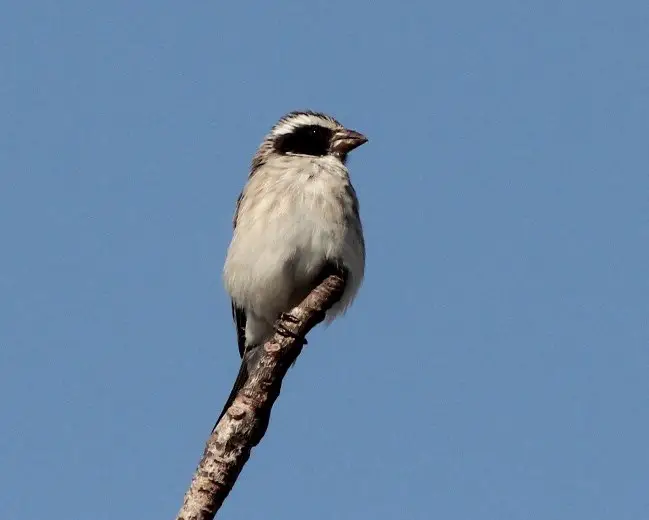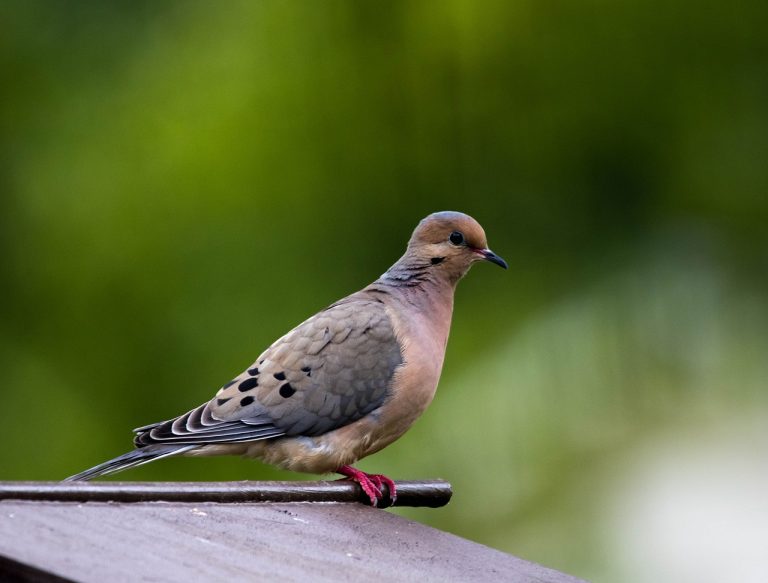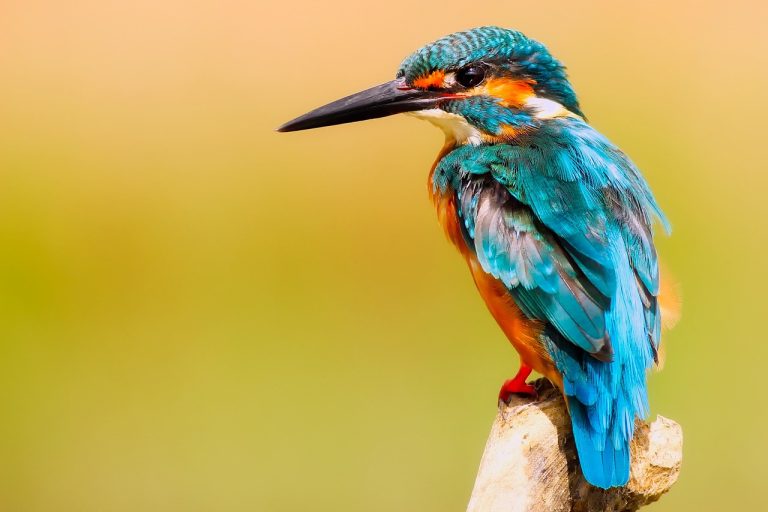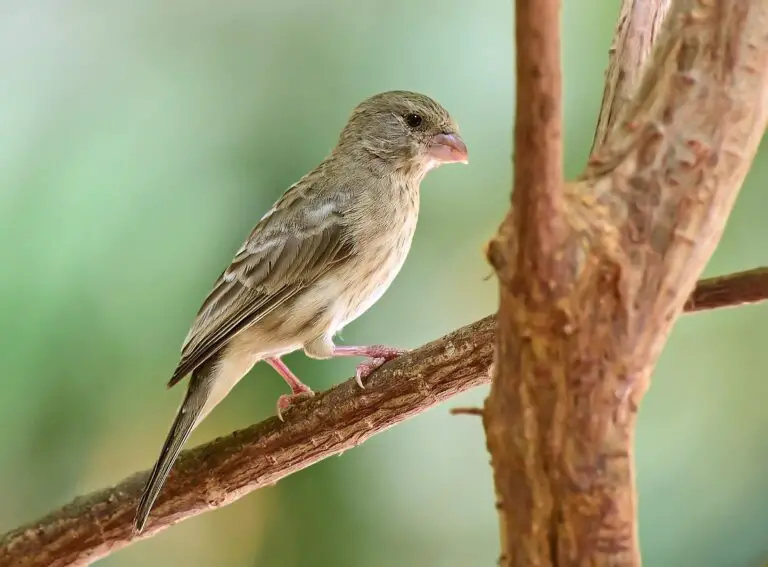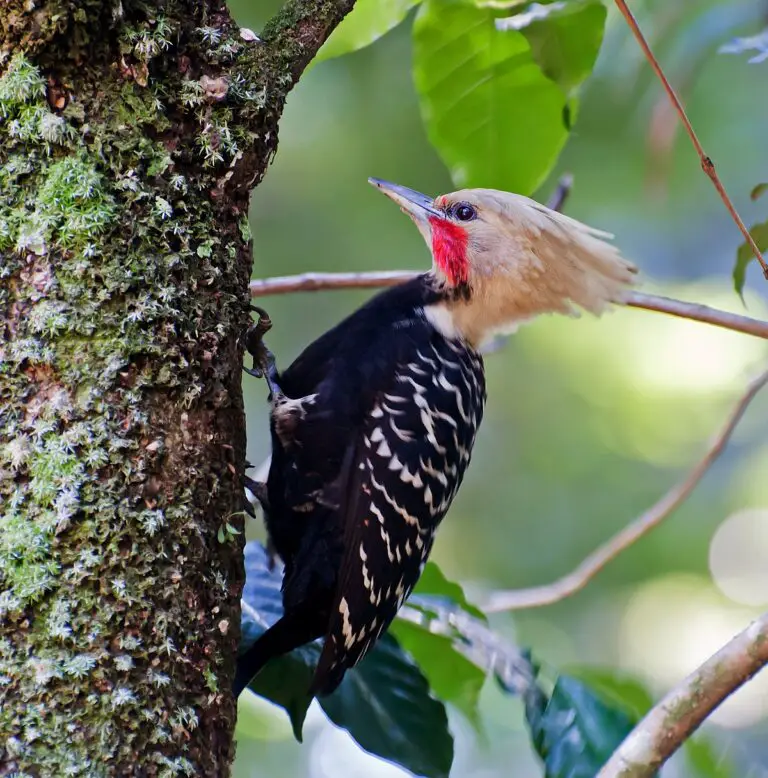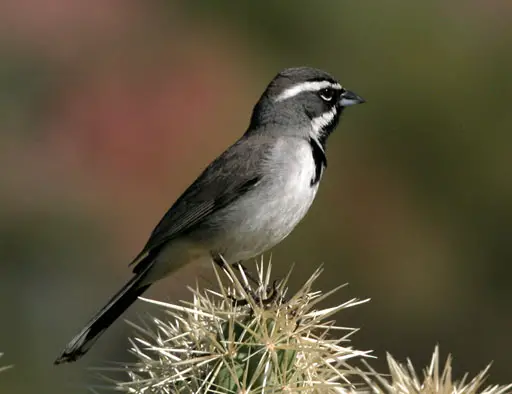Black-bellied bustard
“The majestic Black-bellied bustard stands as a symbol of grace and beauty in the African savannah.”
Best Quotes for Black-bellied bustard Bird
Black-bellied bustard Lifespan related to Black-bellied bustard Predators & Black-bellied bustard Conservation Status also Black-bellied bustard Location and Habitat important regarding Black-bellied bustard Reproduction & Black-bellied bustard Diet for Black-bellied bustard Behavior of the Bird
Black-bellied bustard Scientific Classification
Domain: Eukaryota
Kingdom: Animalia
Phylum: Chordata
Class: Aves
Order: Otidiformes
Family: Otididae
Genus: Lissotis
Species: L. melanogaster
Data Source: Wikipedia.org
Black-bellied bustard Characteristics
The Black-bellied bustard is a medium-sized bird found in Africa. It has a distinctive black belly and white throat, with a brown and black mottled back. These birds are known for their elaborate courtship displays, where males puff up their chests and make loud calls to attract females. They are ground-dwelling birds that mainly feed on insects and small animals. Black-bellied bustards are known for their excellent camouflage, making them difficult to spot in their grassland habitats. Overall, they are fascinating birds that play an important role in their ecosystems.
Black-bellied bustard Lifespan
The Black-bellied bustard has a lifespan of around 10 to 15 years in the wild. They are known to live slightly longer in captivity, with some individuals reaching up to 20 years of age. These birds face threats from habitat loss and hunting, which can impact their overall population and lifespan.
Black-bellied bustard Diet
The Black-bellied bustard eats insects, seeds, and small animals like lizards and rodents. They hunt for food by walking slowly through grasslands and using their keen eyesight to spot prey. They also eat fruits and berries when available.
Black-bellied bustard Behavior
The Black-bellied bustard is known for its mating displays where males puff up their necks and make booming calls to attract females. They are also territorial and will defend their space from intruders.
Black-bellied bustard Reproduction
Black-bellied bustards reproduce by laying eggs in a shallow nest on the ground. The female incubates the eggs while the male defends the territory.
Black-bellied bustard Location and Habitat
The Black-bellied bustard can be found in grasslands and savannas of sub-Saharan Africa. They prefer open areas with short grass and are often seen in countries like Kenya, Tanzania, and South Africa.
Black-bellied bustard Conservation Status
The Black-bellied bustard is classified as “Least Concern” on the conservation status list, meaning it is not currently at risk of extinction.
Black-bellied bustard Predators
The predators of the Black-bellied bustard include jackals, eagles, and wild cats. They hunt the bird for food, posing a threat to its population.
Black-bellied bustard FAQs
- What is a Black-bellied bustard?
A Black-bellied bustard is a large bird species native to Africa. - What does a Black-bellied bustard look like?
It has a black belly, white throat and breast, and brown feathers with white spots. - What is the size of a Black-bellied bustard?
They can grow up to 24 inches in length and weigh around 3-6 pounds. - What is the diet of a Black-bellied bustard?
They primarily feed on insects, seeds, and small reptiles. - Where can Black-bellied bustards be found?
They are found in grasslands and savannas across sub-Saharan Africa. - Are Black-bellied bustards endangered?
They are listed as a species of least concern, with stable populations in their natural habitat. - How do Black-bellied bustards communicate?
They are known for their distinctive booming calls during courtship displays. - Do Black-bellied bustards migrate?
Some populations may migrate in search of food and suitable breeding grounds. - How do Black-bellied bustards protect themselves from predators?
They rely on their cryptic coloration and ability to run quickly to evade predators. - Are Black-bellied bustards monogamous?
They are typically monogamous during the breeding season, forming strong pair bonds.
